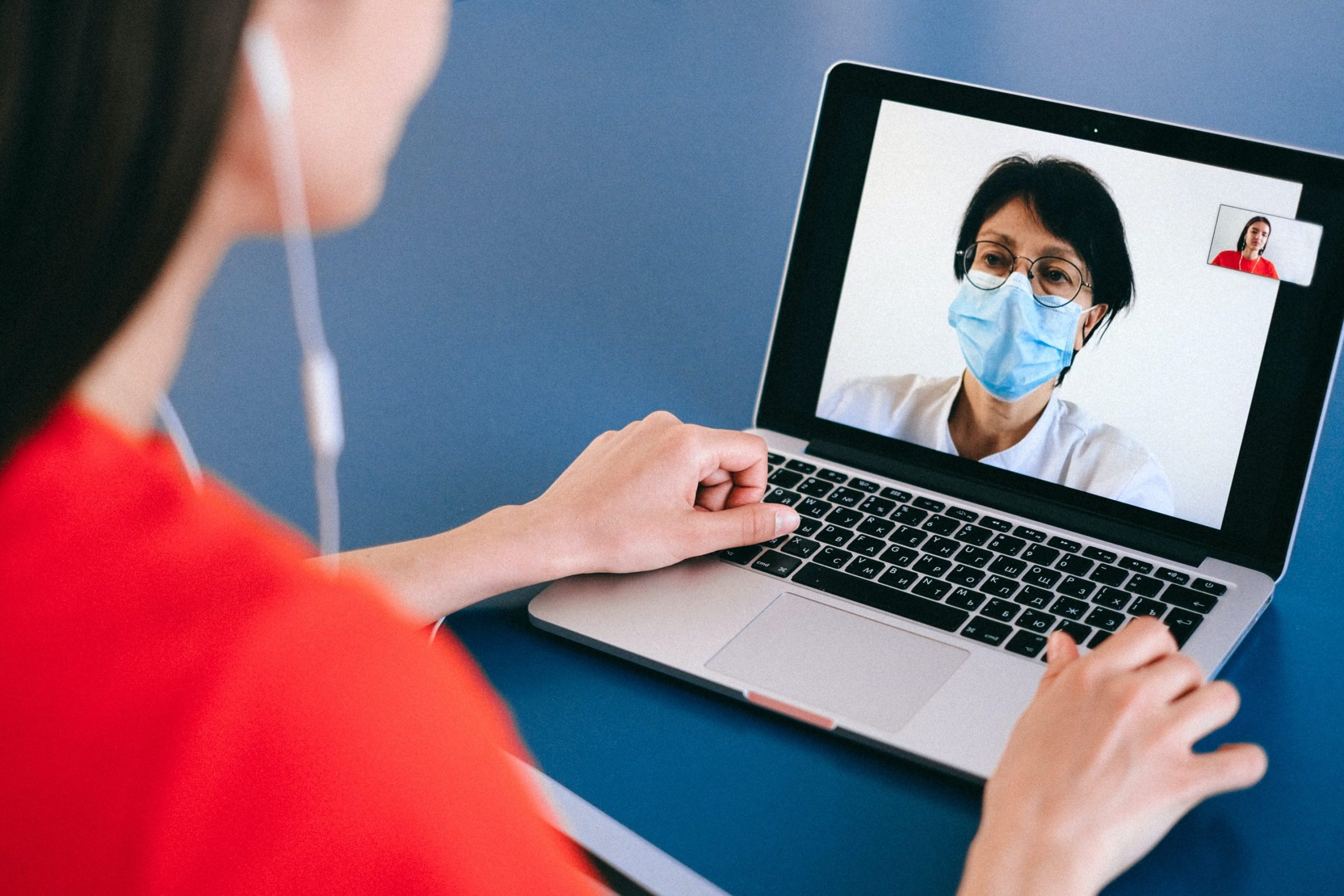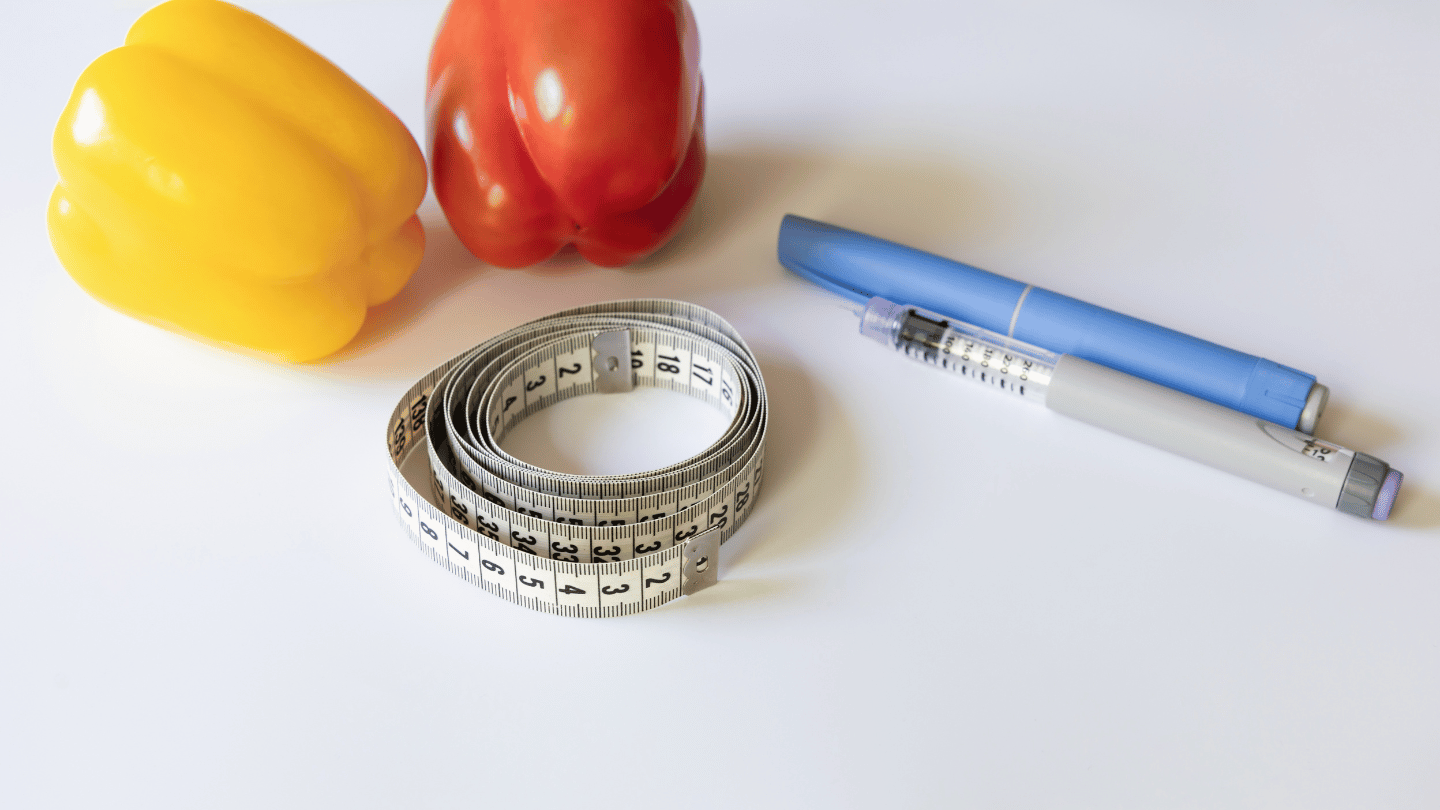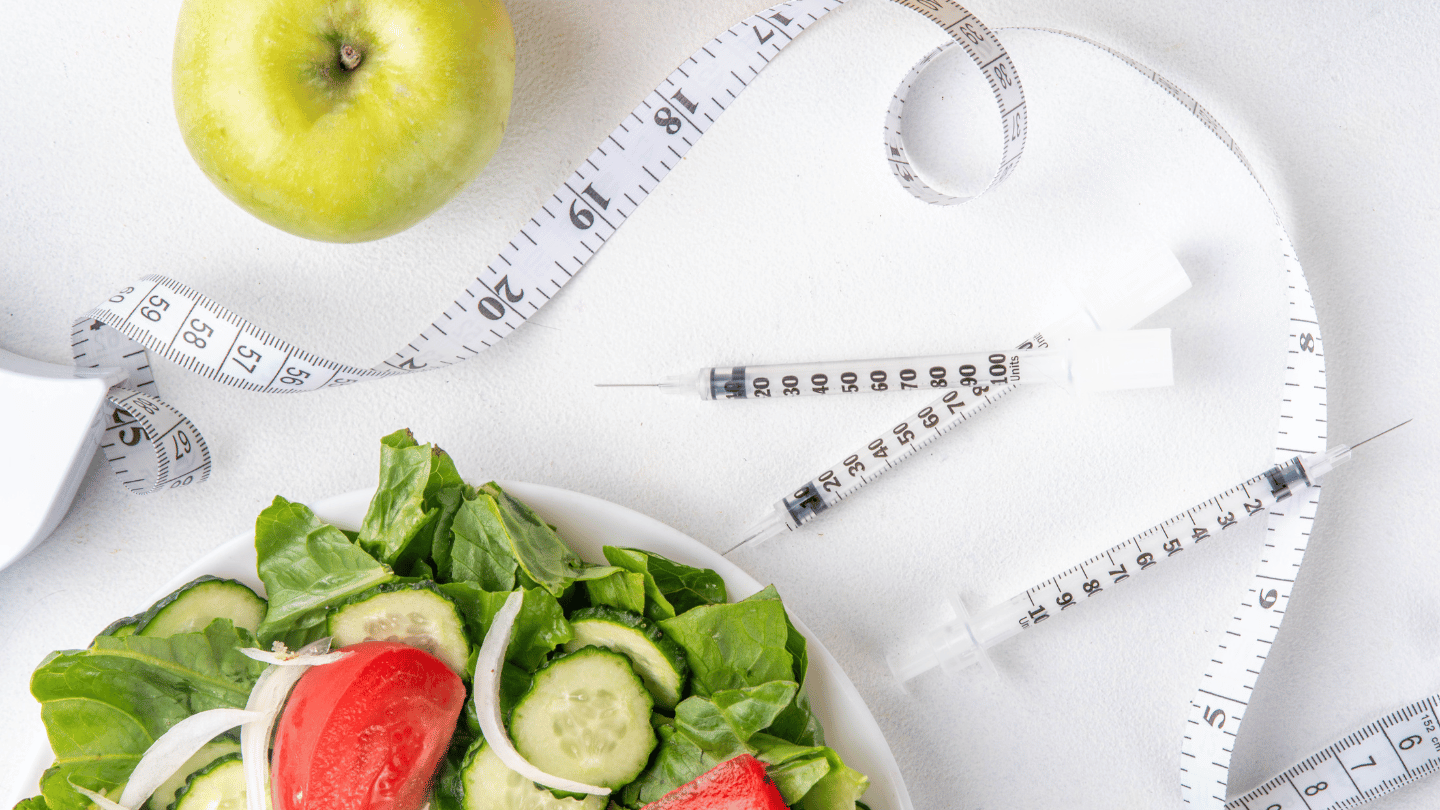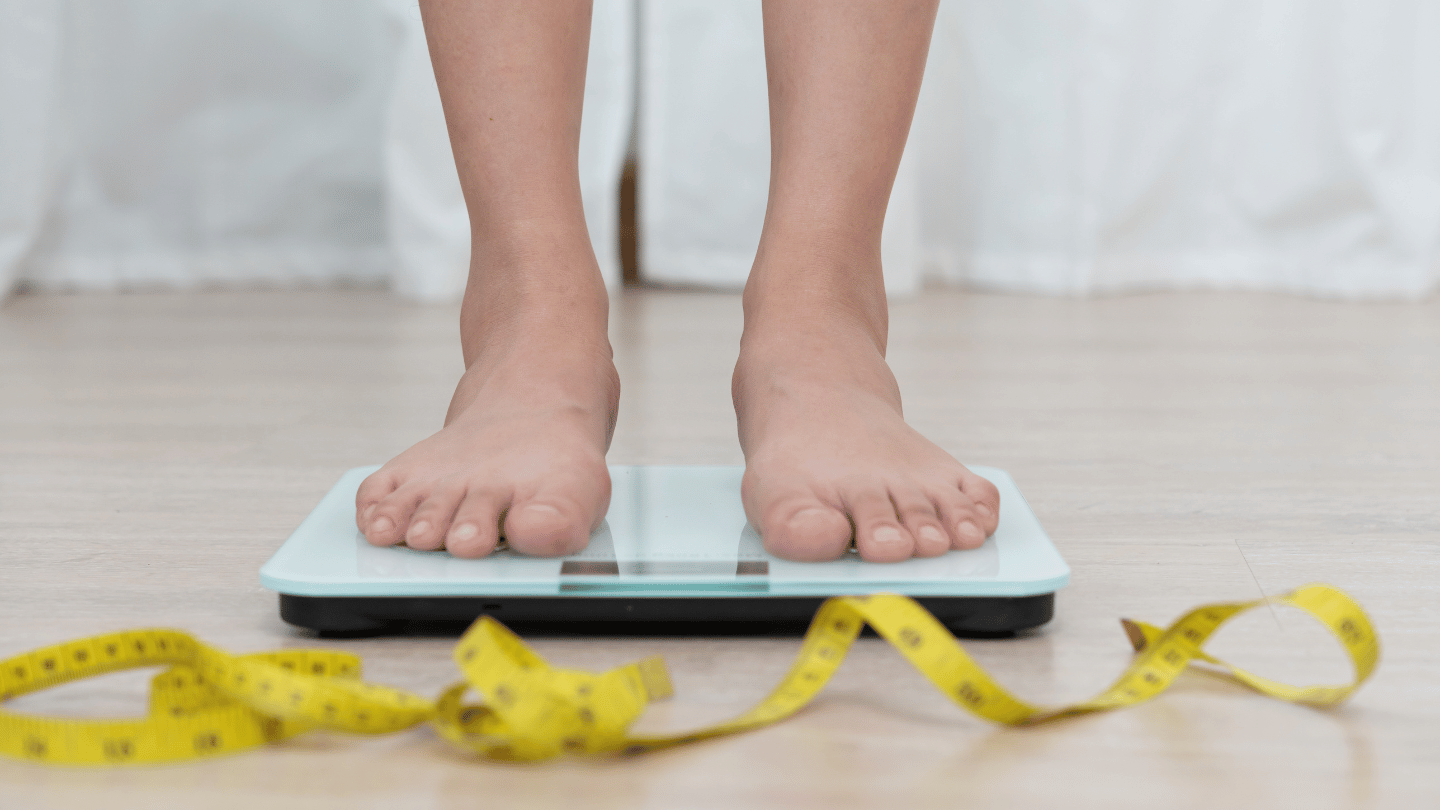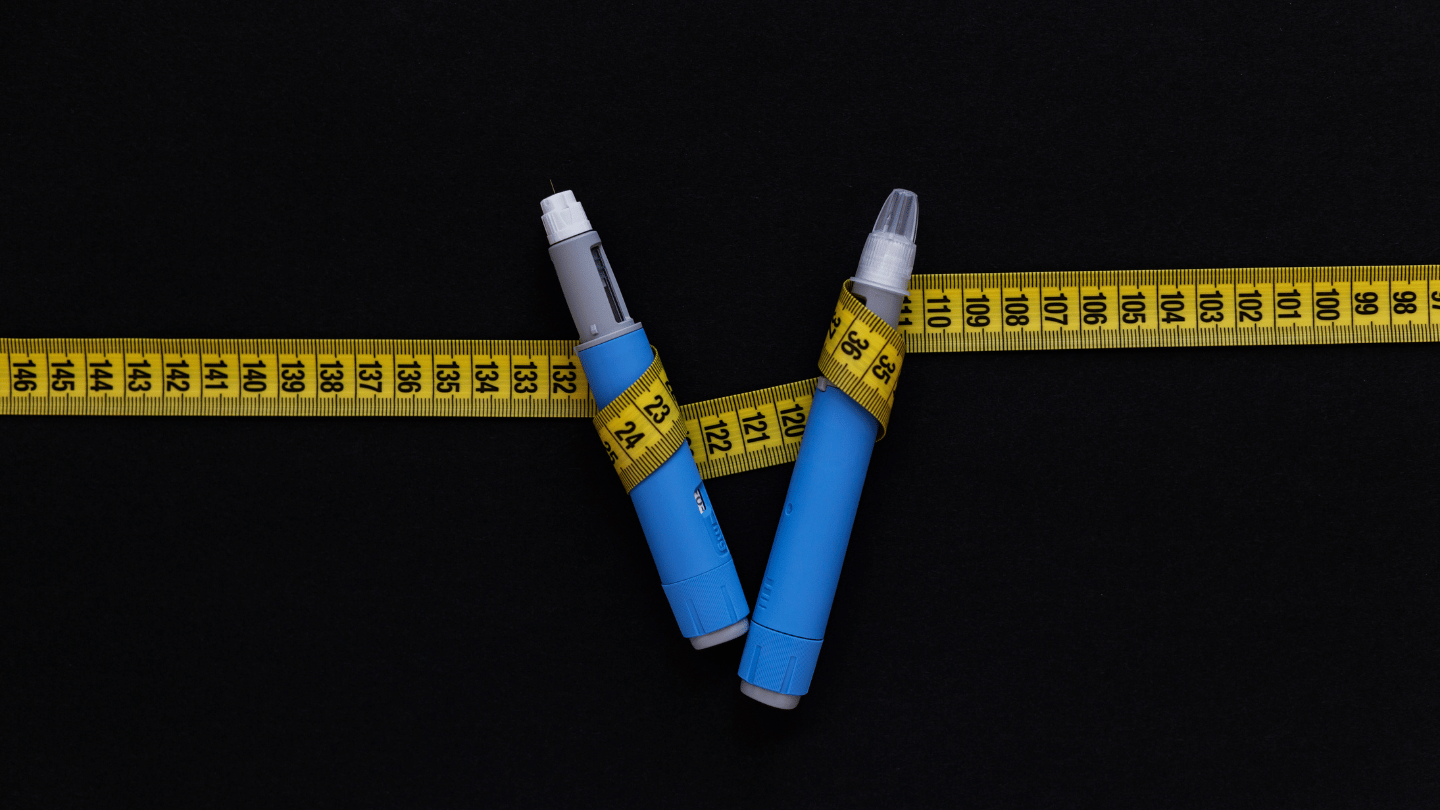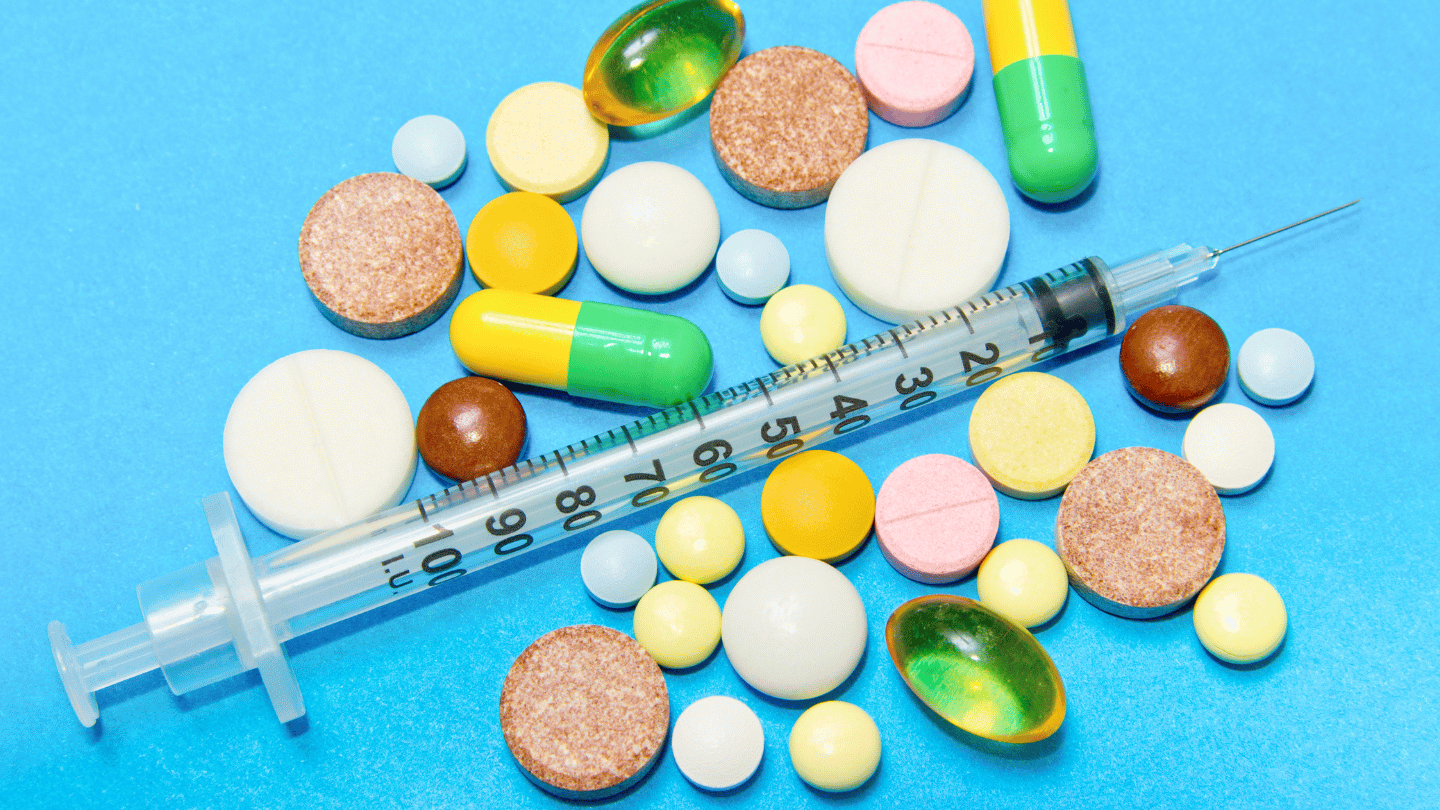Normal menstrual periods occur when prostaglandins, substances similar to hormones, are released. This causes the uterus to shed its lining, called the endometrium. As the uterus contracts to shed this inner lining, it gets less oxygen, which can cause cramping and discomfort.
What Can I Do for Heavy Menstrual Cramps?
When heavy menstrual cramps interfere with daily life and comfort, the first step is ensuring you get enough rest and minimizing stress. Here are some helpful strategies:
- Get Adequate Sleep: Aim for 8 hours of sleep each night.
- Manage Stress: Learning to handle stressful situations calmly can make a difference.
- Exercise Regularly: Physical activity helps; try walking or hitting the gym a few days a week.
- Use a Heating Pad: Placing a warm heating pad on the lower abdomen can bring comfort.
- Consider Supplements: Vitamins B1 (thiamine), B6, and E, as well as omega-3 fatty acids and magnesium, have shown promising results in various studies, offering hope for relief from heavy menstrual cramps.
What If Lifestyle Changes Aren’t Enough?
If lifestyle changes aren’t sufficient, the next step is over-the-counter non-steroidal anti-inflammatory drugs (NSAIDs):
- Over-the-counter NSAIDs: Aleve (naproxen) or Advil (ibuprofen) should be started the day before or the first day of your period and continued for 2 to 3 days or until the end of your period, following label instructions.
- Prescription NSAIDs: Stronger NSAIDs are available by prescription, such as Mobic (meloxicam) and Celebrex (celecoxib).
Hormonal Birth Control
Hormonal birth control medications can be highly effective. These can include hormones like estrogen and progesterone or progestin alone.
Medical Evaluation
A physician can determine if unusually troublesome menstrual cramps are caused by an underlying condition. A pelvic examination and ultrasound can reveal diagnoses such as endometriosis, where uterine tissue grows outside the uterus. Sometimes, a CT scan is performed to confirm the diagnosis, or a procedure is done to “look inside.”
Get Professional Advice with QuickMD
For personalized medical advice and treatment options for heavy menstrual cramps, QuickMD’s telemedicine urgent care services are readily available. Consult with a QuickMD provider today to find the best solution for your menstrual pain, and rest assured that you’re not alone in this journey.



